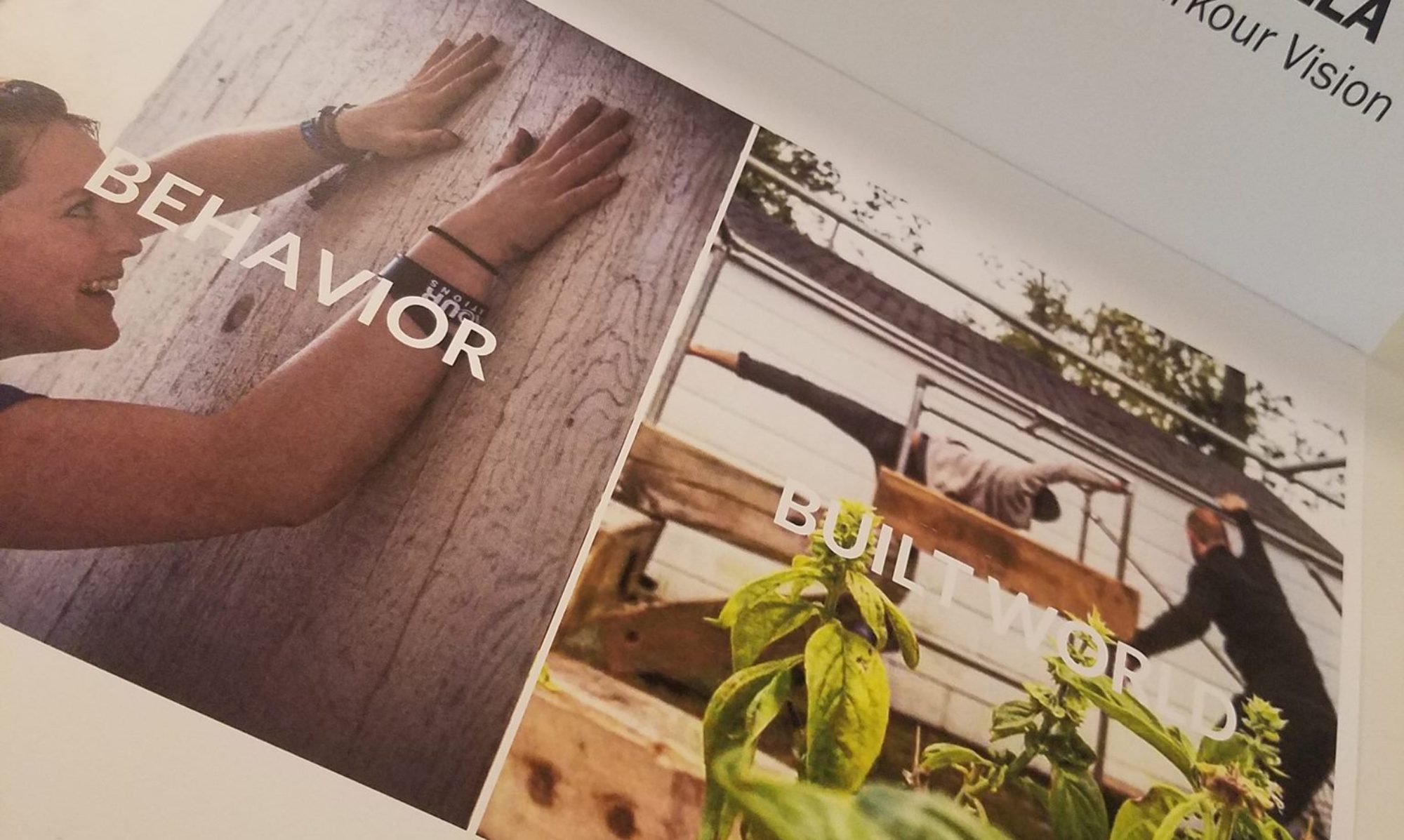This article is a part of the Public Parkour Park Roadmap Series by Caitlin Pontrella
Question: Parkour can be practiced in existing environments with found infrastructure. The development of parkour parks and facilities, therefore, appears to be a paradox. Why spend precious community resources on something that doesn’t require parks and courses?
Answer: With enough creativity, Parkour can be practiced anywhere. However, there are several significant challenges limiting free practice and community building. There also are specific spatial qualities that consistently attract practitioners, offering higher quality opportunities for play, exploration, and physical challenge.
A purpose-built parkour environment has several benefits:
- Quality Conditions for Instruction And Technical Practice
Not all found structures are suitable for physical activity. Railings and benches can be damaged. Walls can be too rough or mossy. Anti-skateboarding wax makes surfaces slick.
Purpose-built environments can set up ideal physical circumstances for community groups and practitioners to more safely teach and refine skills. Designed components can also endure impact and intensive physical use better. - Safety, Permission, and Normalization
Play in non-play spaces is stigmatized. Most teenage and adult practitioners can cite experiences of public harassment and policing. Some cities even have local laws in place forbidding 13+ populations from using playgrounds
Purpose-built environments are spaces of permission and safety where practitioners can gather, socialize, relax, and practice free from this type of harassment and fear. These spaces can also help normalize inter-generational play over time through exposure and if integrated with other public uses. - Experimental Design & Creativity
By conceiving spaces with movement in mind, designers can create unusual and provoking places to inspire a new level of experimentation, problem-solving, and creativity.
Finally, that parkour can be practiced anywhere is also why we as community advocates must also pursue creating spaces that can serve broader interests than parkour alone. Parkour can be providing architects and planners with critical lessons about multi-functionality and mobility justice that can be integrated into all designs, not just designated park spaces.
